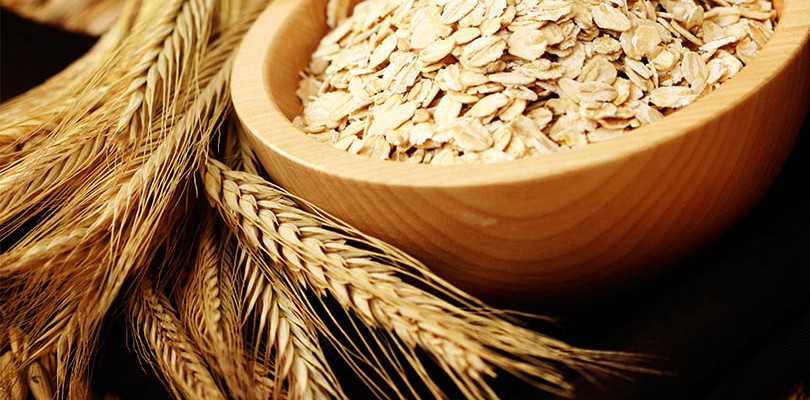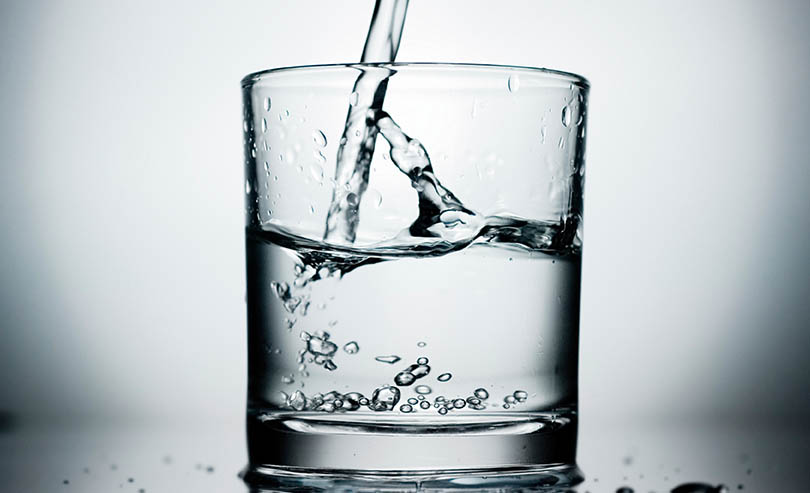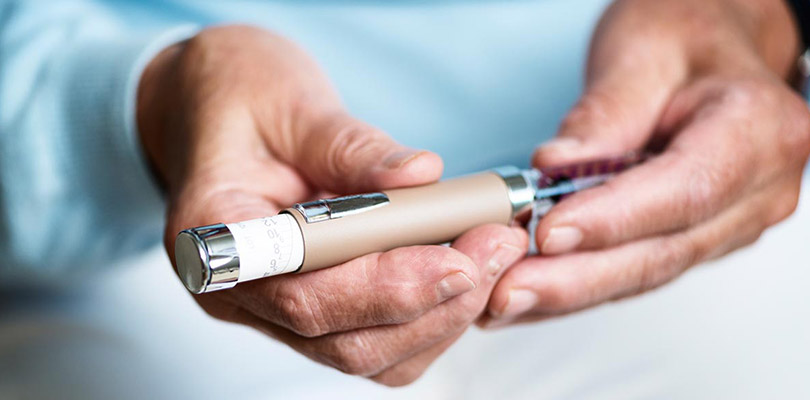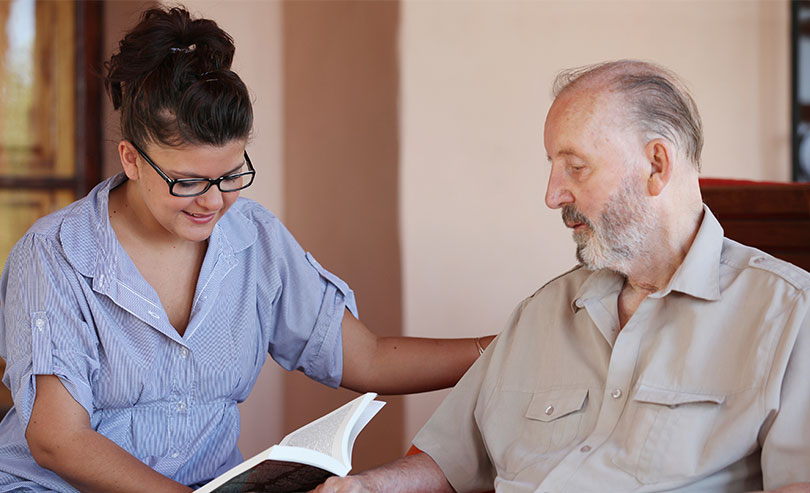
Photo Credit: matka_Wariatka / istockphoto.com
5. Watch What You Eat
You are probably thinking this contradicts the advice in point two, but the fact is that while you don’t have to completely ban any specific foods, it is important to eat a healthy, balanced diet. As much as possible avoids “bad” fats, and pay particular attention to the carbohydrates you’re consuming.
People with diabetes are often advised to follow a low GI diet, consuming mostly foods with a lower glycaemic index rating. This type of diet can go a long way to keeping blood sugars stable. There are books and online charts about the GI rating of foods and it’s becoming more and more common for products to be labelled “low GI” on their packaging.
Often only a few slight changes are required to make your normal diet a low GI one – for instance, you could swap cornflakes for porridge oats at breakfast time.
Although diabetic foot problems may not immediately spring to mind, for reasons to control your sugar, they should be at the top of your list of concerns.







